Move over, Earl Grey. There's a new tea in town - and it's from Assam. If you're not familiar with this Indian region's teas, now is the time to explore them. This guide will teach you all about Assam teas, from their history to how to brew them. Let's get started by putting on our detective hats!
1. What is Assam tea and where does it come from?

Assam tea is a type of black tea that Originates from the Assam region in India. The leaves are harvested from a plant called Camellia sinensis, and the resulting tea has a strong, malty flavor. Assam tea is often used as a base for blends, as its bold flavor can help to round out the taste of other teas. In addition to being enjoyed on its own, It is also commonly used in Indian chai recipes.
The Assam region is located in northeastern India, and it is known for its humid tropical climate. This climate is ideal for growing tea plants, and the region produces a large percentage of the world's black tea. In addition to being an important producer of tea, the Assam region is also home to the Assam tiger, which is an endangered species of wildcat.
2. The unique flavor of Assam tea

Assam tea is known for its unique flavor and aroma. The rich, full-bodied taste of Assam tea is due to the region's unique climate and soil. The Assam region is located in northeast India, near the Himalayan foothills. This region experiences high rainfall, which leaches nutrients from the soil and results in a strong tea flavor.
In addition, the warm, humid climate of Assam is ideal for growing the Camellia sinensis plant, which is used to make both black and green tea. The leaves of this plant are larger than those of other tea plants, and they contain more tannins, which give Assam tea its characteristic astringent taste. Thanks to these unique environmental conditions, It has a flavor like no other.
3. How to brew Assam tea correctly
Assam tea is a type of black tea that originates from the Assam region of India. The beverage is known for its strong, robust flavor and deep red color. When brewed correctly, It is a delicious and refreshing drink. Here are a few tips for brewing the perfect cup of Assam tea:
- Start with fresh, cold water. Bring the water to a boil and then let it cool for about 30 seconds before adding the tea leaves. This will help to prevent the water from becoming too hot and causing the tea to become bitter.
- Add 2 teaspoons of loose tea leaves per cup (8 ounces) of water. If you are using tea bags, add 1 bag per cup.
- Steep the tea for 3-5 minutes. The longer you steep, the stronger the flavor will be. If you like your Tea on the weaker side, try steeping for just 2-3 minutes.
- Serve with milk and sugar, if desired. Traditional Assam tea is often enjoyed with milk and sugar to balance out the strong flavor. However, you can also enjoy it black or with lemon juice if you prefer.
Follow these simple tips and you'll be brewing the perfect cup of Assam tea in no time!
4. Some of the best Assam teas on the market today
Assam teas are some of the best in the world, and there are many reasons why. First of all, they are grown in a very unique region. The climate and soil in Assam create the perfect conditions for tea production, and this results in a tea that is full-bodied and flavorful.
Additionally, Assam teas are typically hand-picked, which ensures that only the finest leaves are used. Finally, Assam teas are usually produced using traditional methods, which further contributes to their quality. If you're looking for a truly exceptional tea experience, be sure to seek out one of the many excellent Assam teas on the market today.
5. How to store and serve Assam tea
It is best when fresh, so it's important to know how to store and serve it properly. First of all, don't over-brew the tea. The longer it steeps, the more bitterness will be extracted from the leaves. Second, be sure to use filtered or spring water to avoid adding any unwanted flavors. And third, serve the tea with milk and sugar to help balance the boldness of the flavor.
When stored properly, Assam tea will keep for up to six months. Make sure to store it properly in an airtight container away from light and heat. And when it's time to serve, remember that a little goes a long way. A teaspoon of this can make a large pot of tea, so be sure to adjust the amount accordingly. With these tips in mind, you'll be able to enjoy fresh Assam tea any time of year.
6. A few interesting facts about Assam tea
Assam tea is a rich, full-bodied black tea that originates from the Assam region of India. This strong and flavorful tea is perfect for those who enjoy a hearty cup of coffee in the morning or afternoon. The leaves are harvested from a particular variety of tea plant known as Camellia sinensis assamica, which is native to Assam. Assam tea is characterized by its strong, malty flavor and deep red color. It is typically used as a base for masala chai, but can also be enjoyed on its own. Here are a few interesting facts about It:
-The first recorded mention of Assam tea dates back to 1823, when Scottish explorer Francis Buchanan-Hamilton wrote about the "excellent" tea that was being produced in the region.
-It is named after the Assam region of India, which is located in the northeastern part of the country.
-The Camellia sinensis assamica variety of tea plant was first described by British botanist Robert Fortune in 1848.
-Today, Assam tea is grown mostly in the districts of Jorhat and Sivasagar. More than 50% of all Assam tea is produced by smallholder farmers.
So there you have it: some interesting facts about Assam tea. Next time you enjoy a cup of this delicious brew, take a moment to appreciate its rich history and complex flavor profile.
If you’re a fan of black tea, we highly recommend giving Assam tea a try. It has a unique flavor that is unlike any other black tea on the market, and it’s perfect for those who enjoy a strong and robust cup of tea. We hope you enjoyed this guide to Assam tea. Now that you know all there is to know about this delicious beverage, why not go ahead and give it a try? We promise you won’t be disappointed. Thanks for reading!

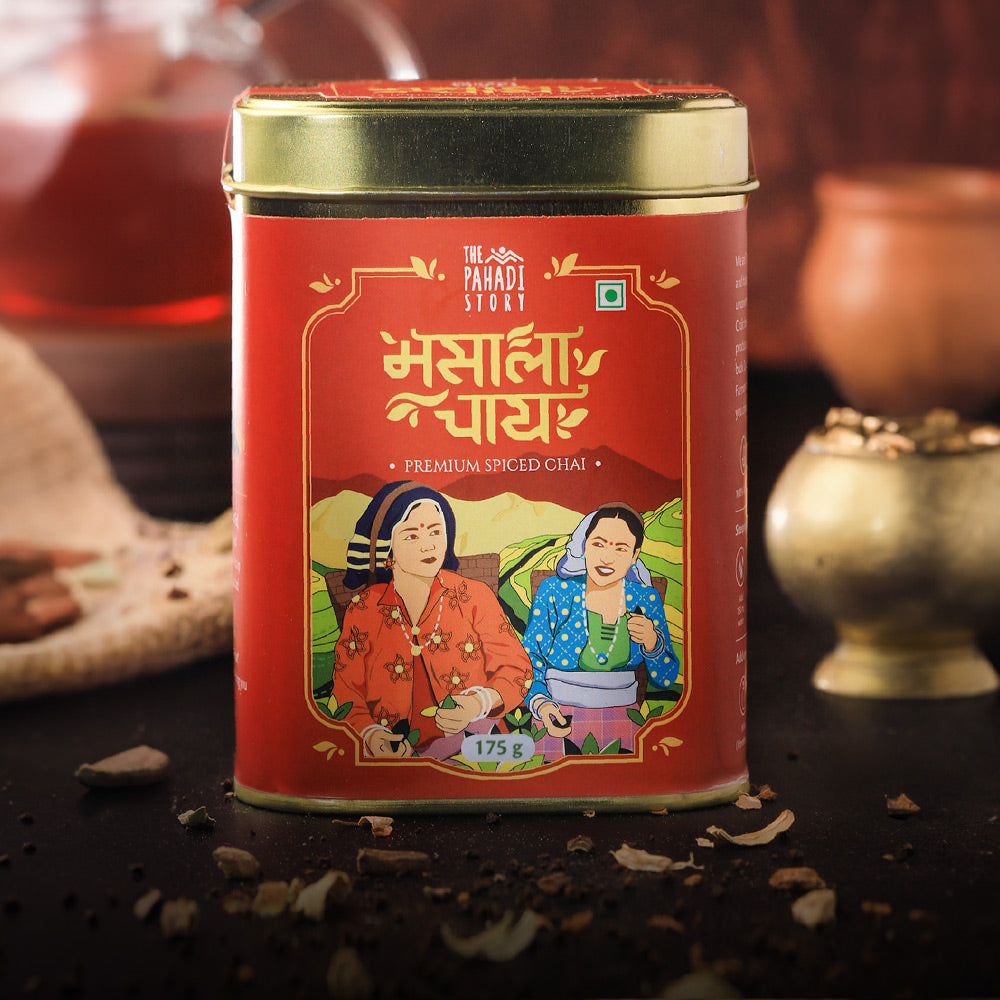
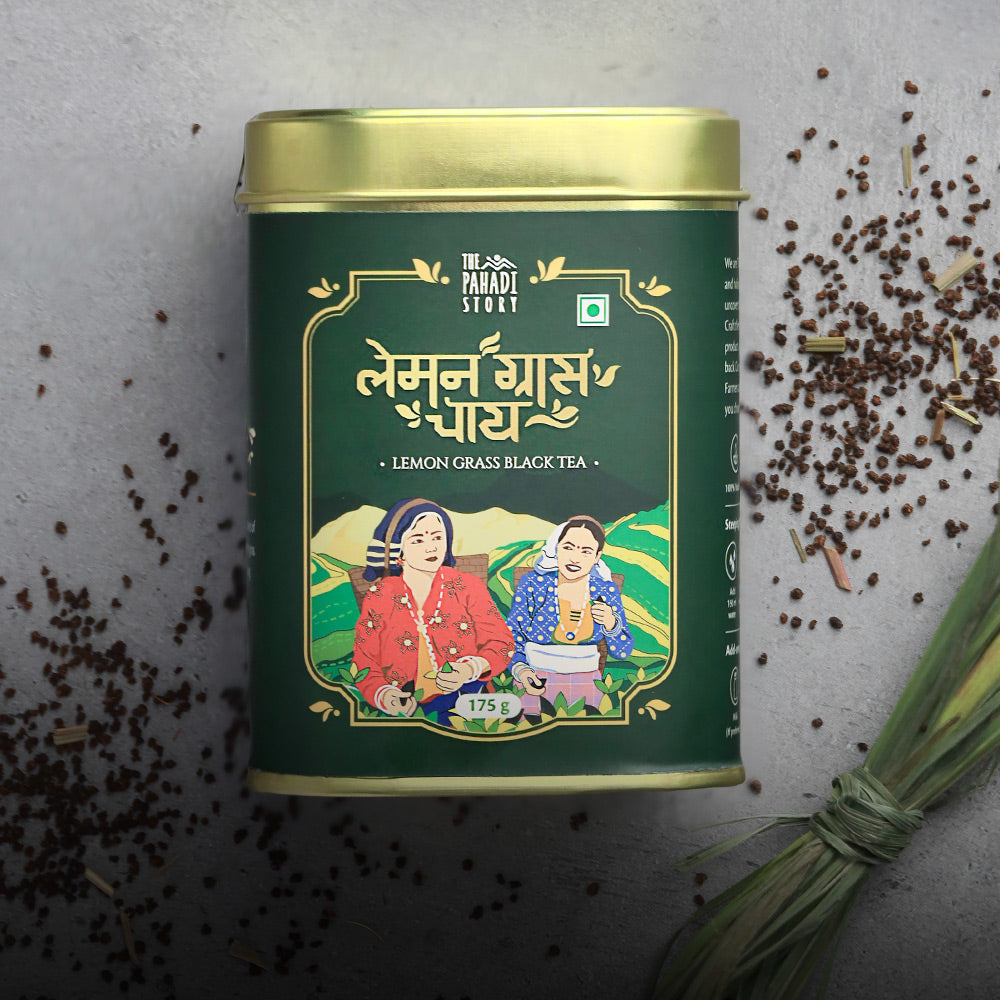
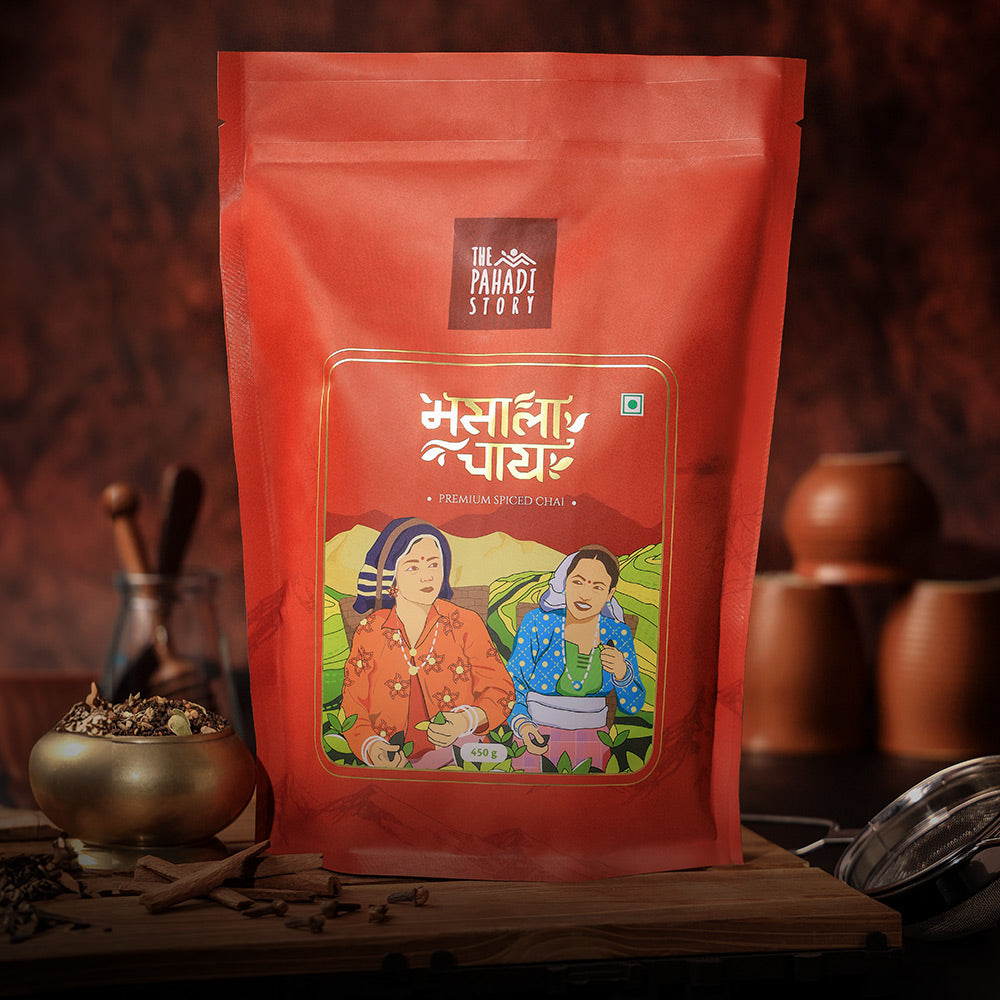

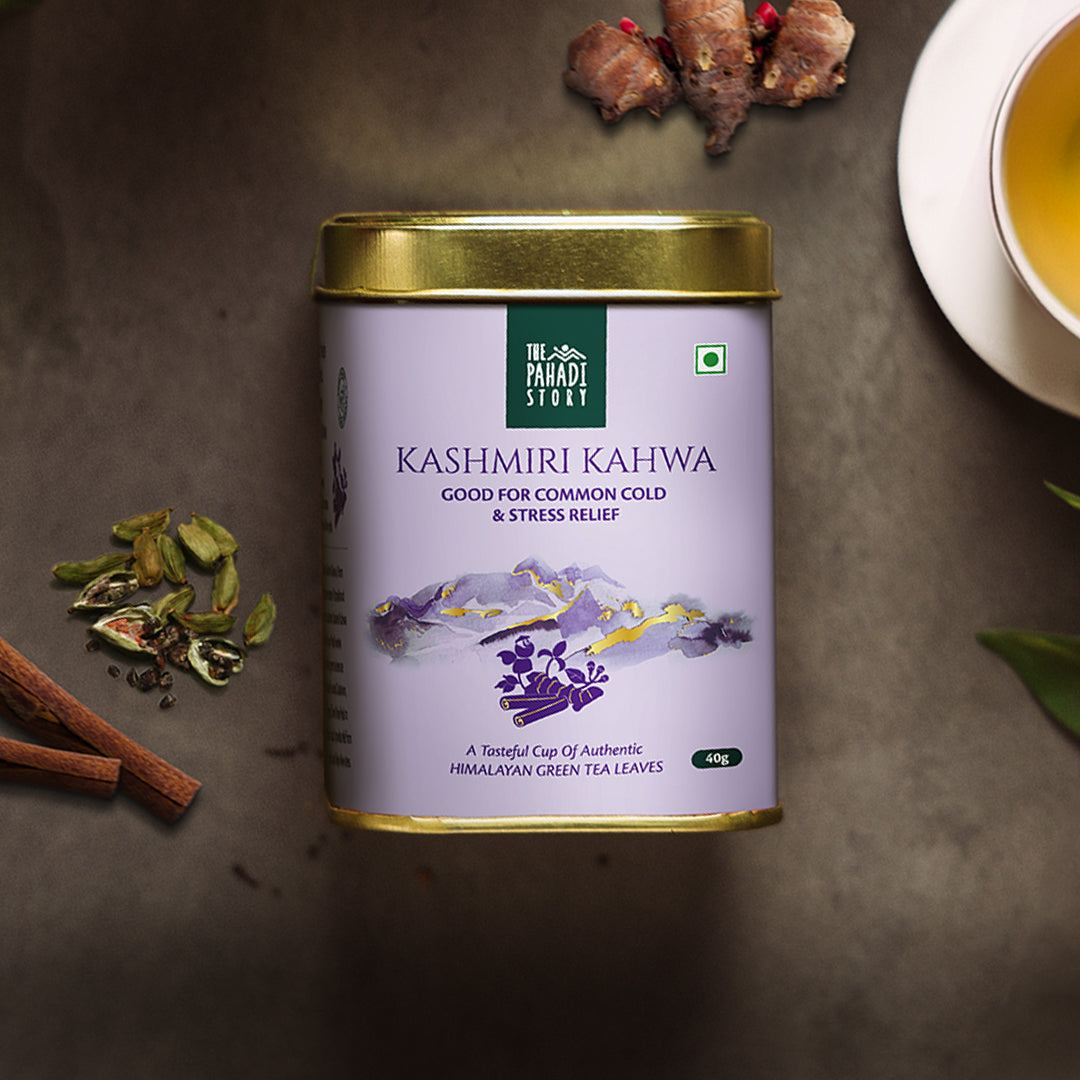
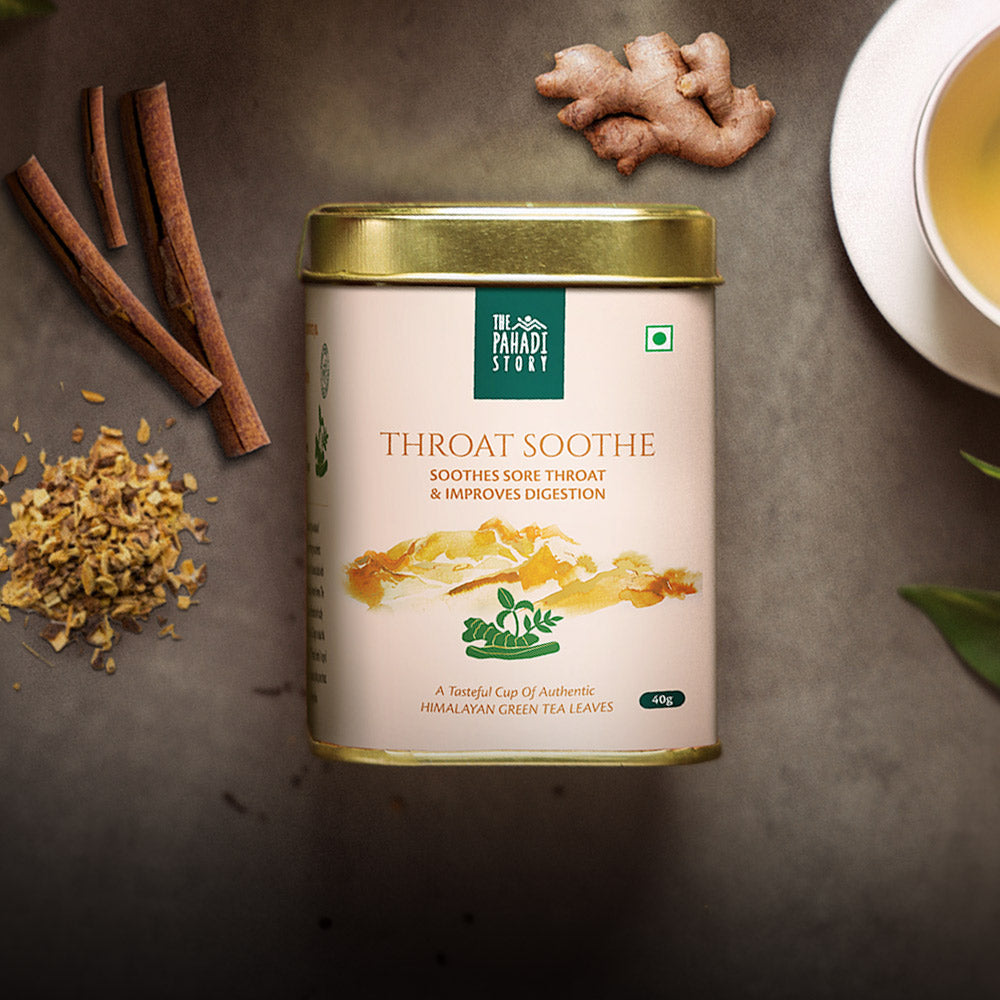

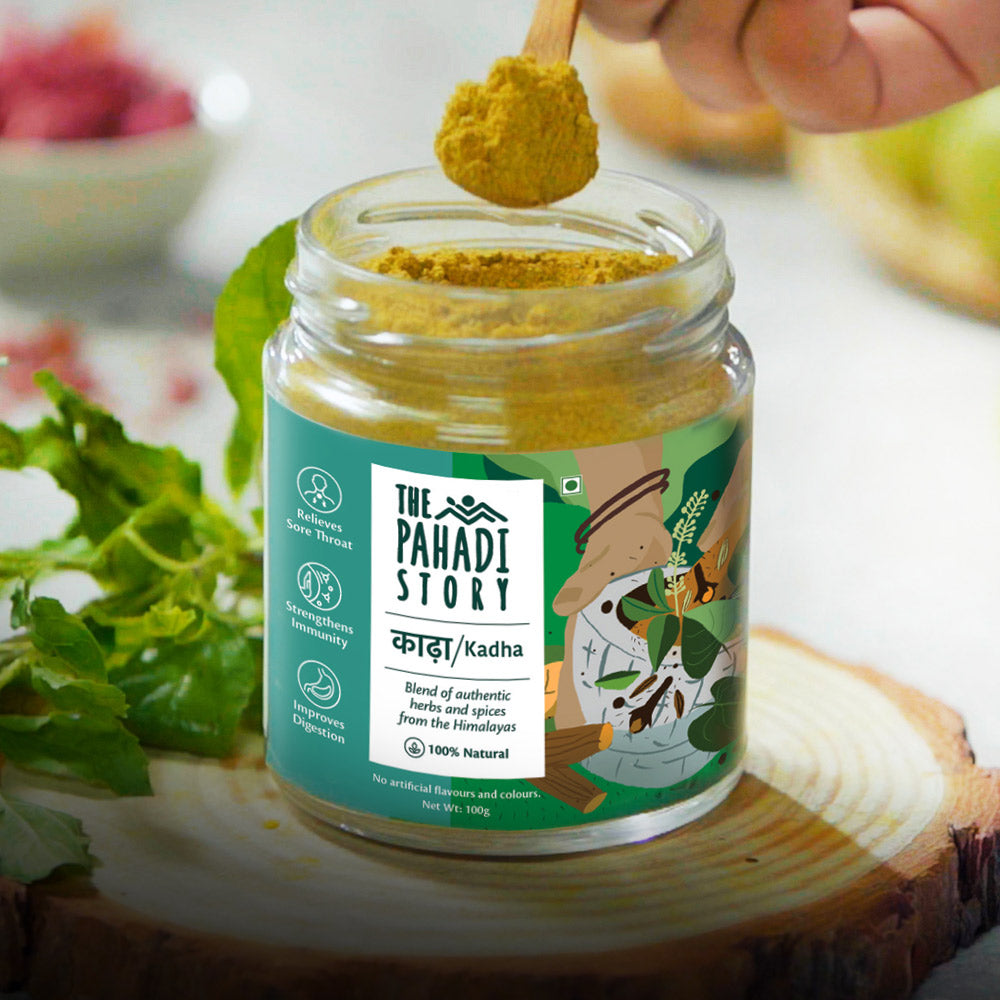
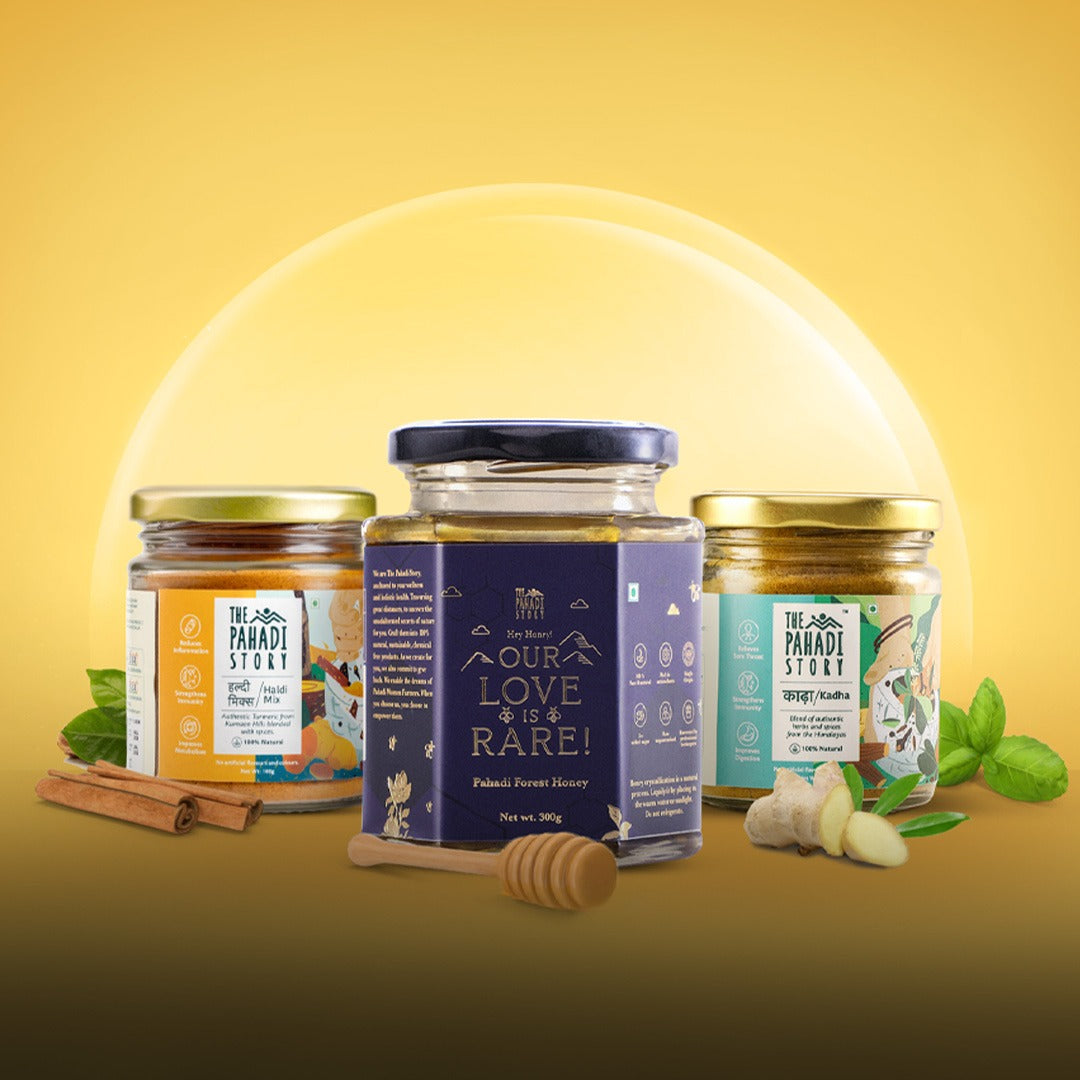
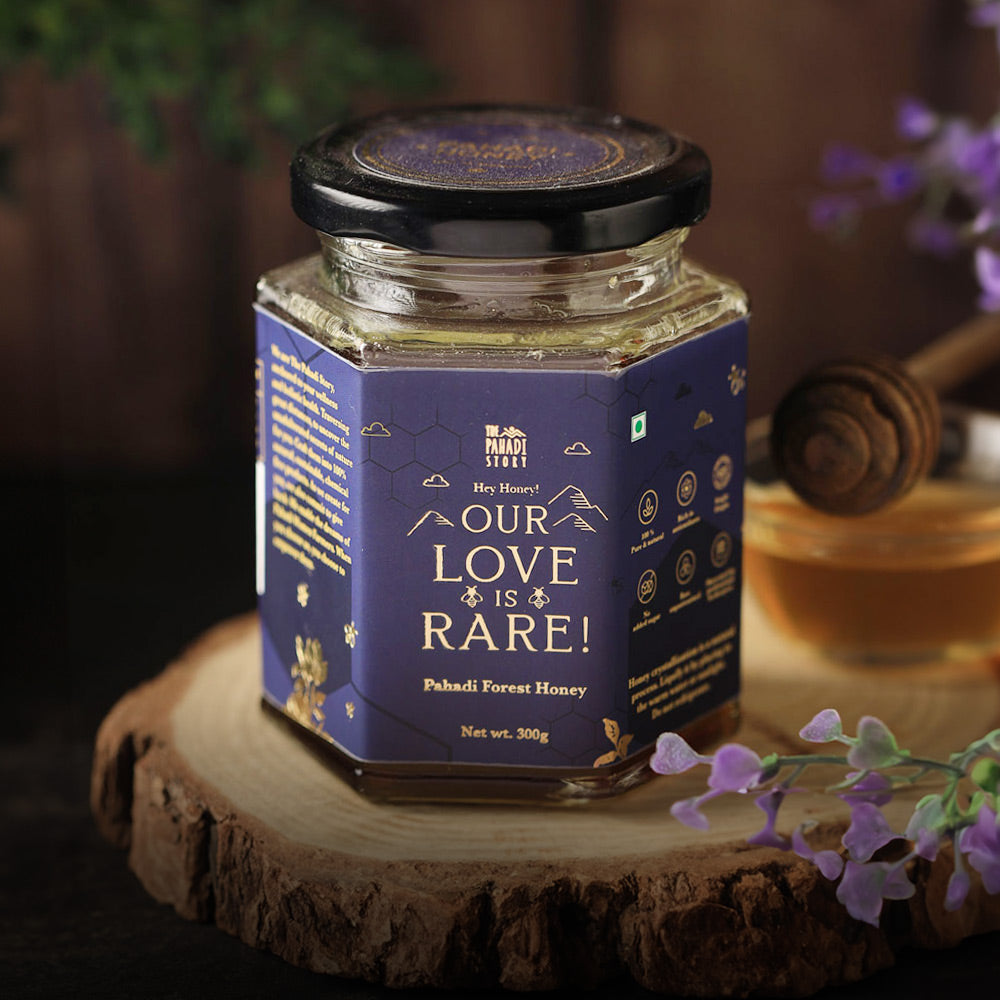
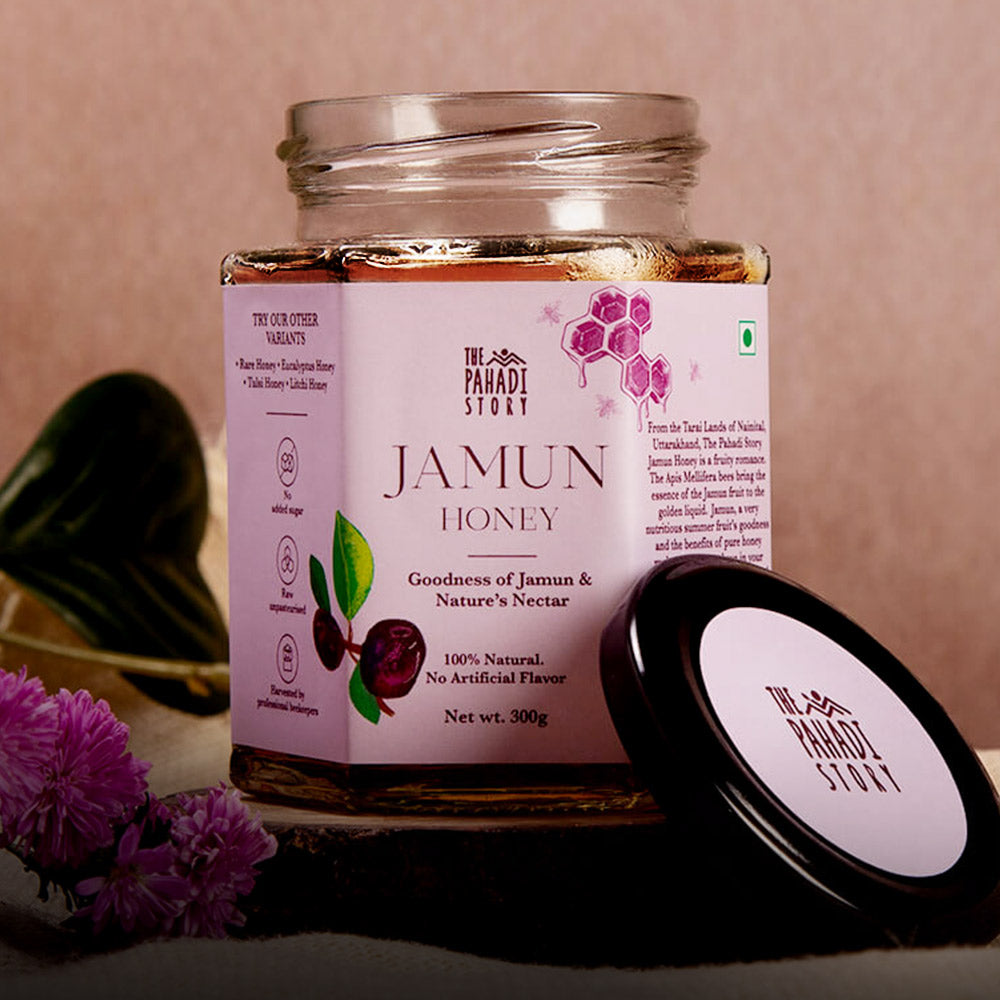
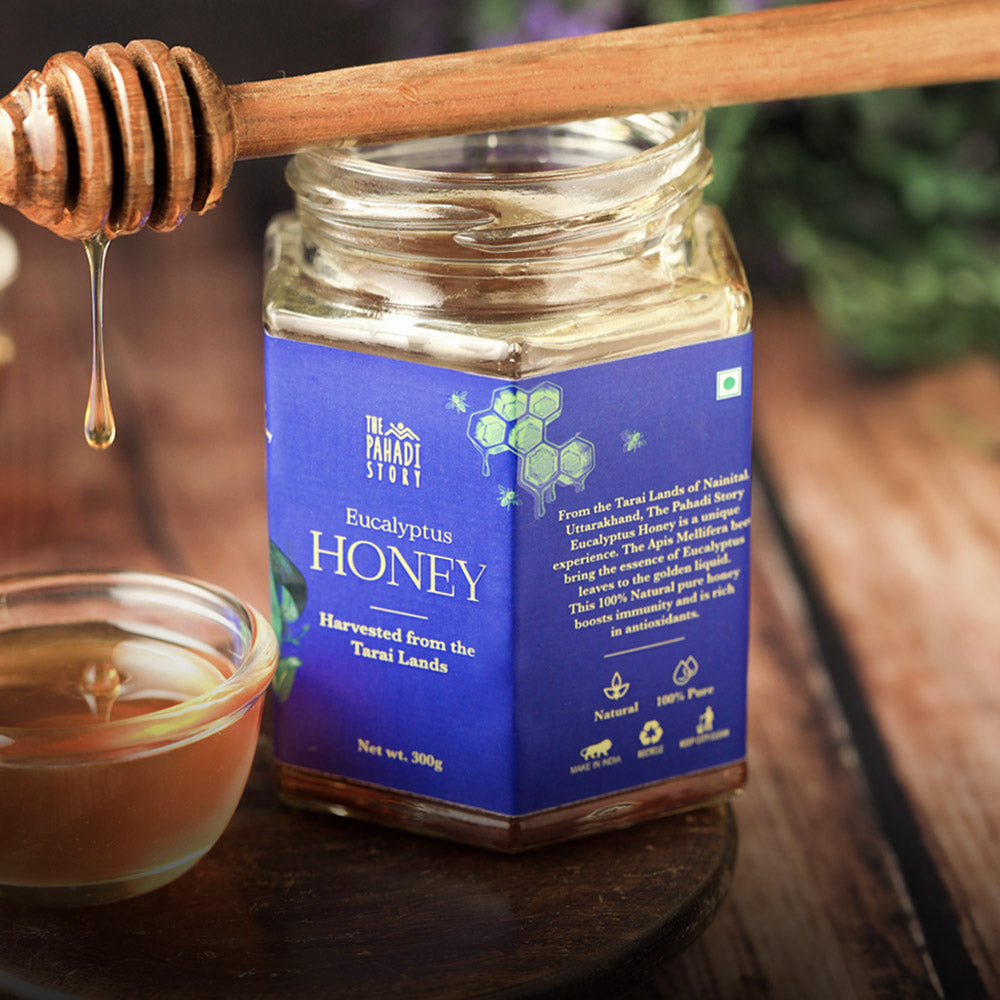

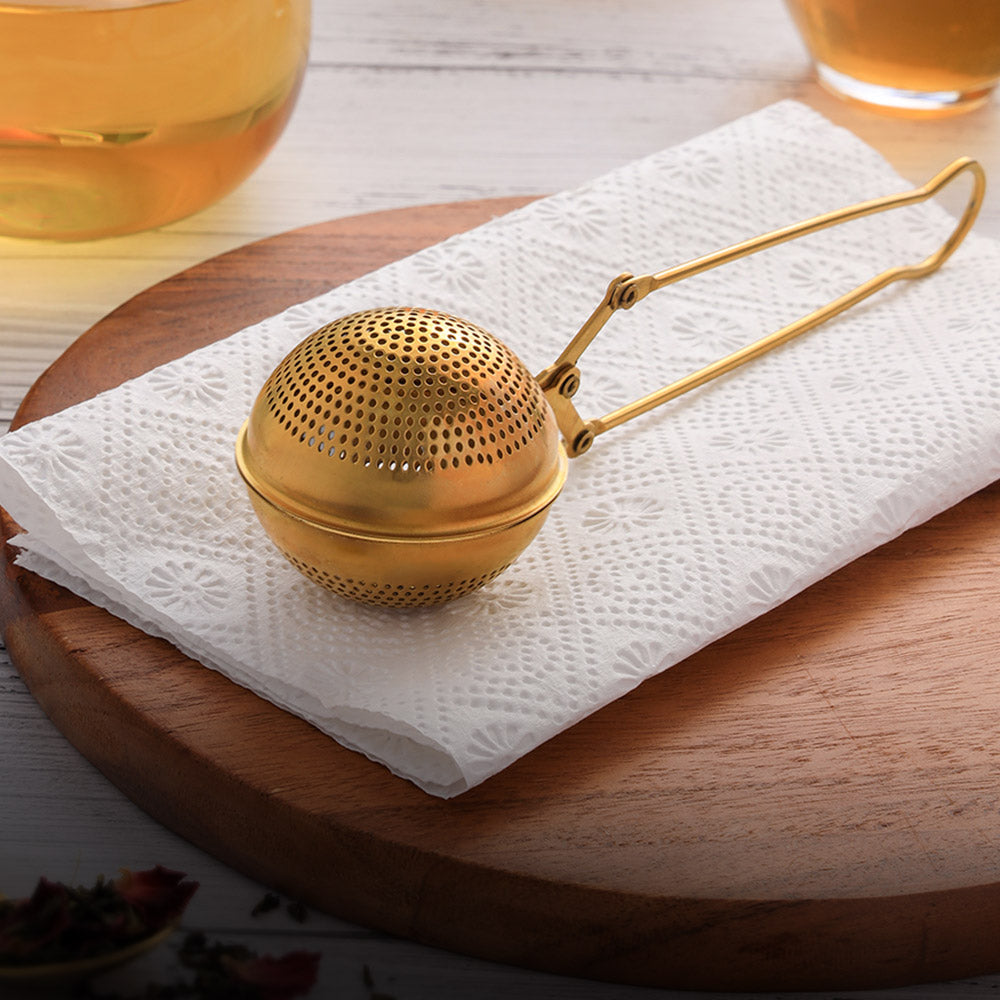

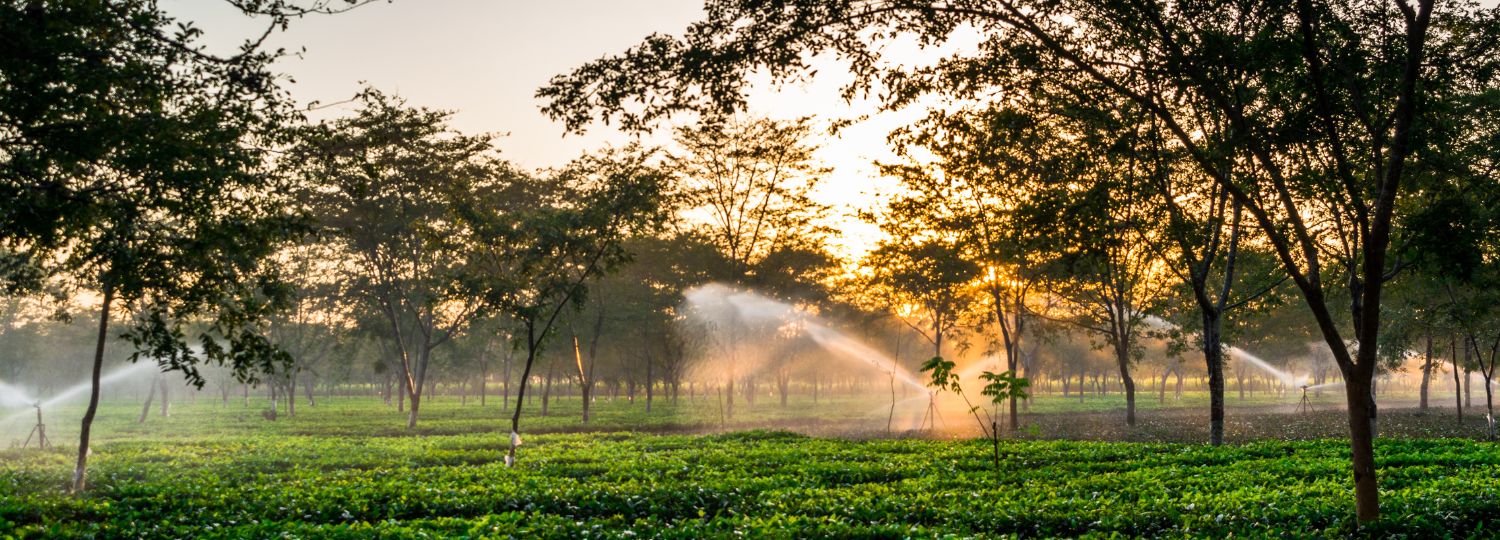
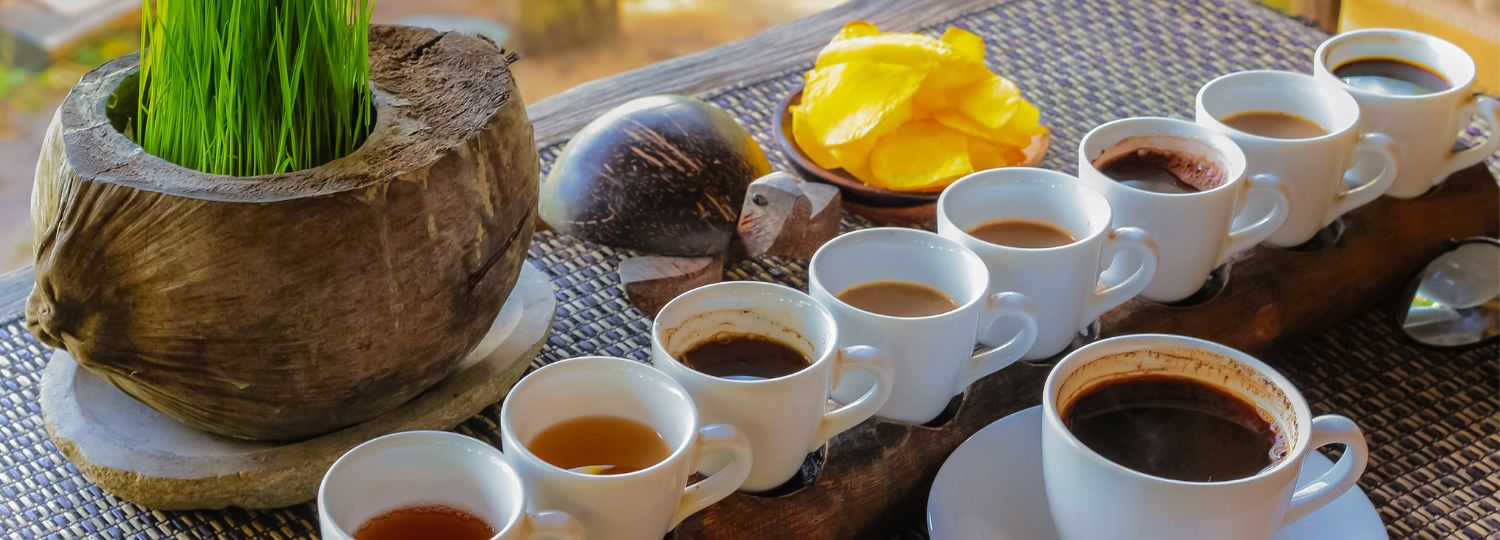

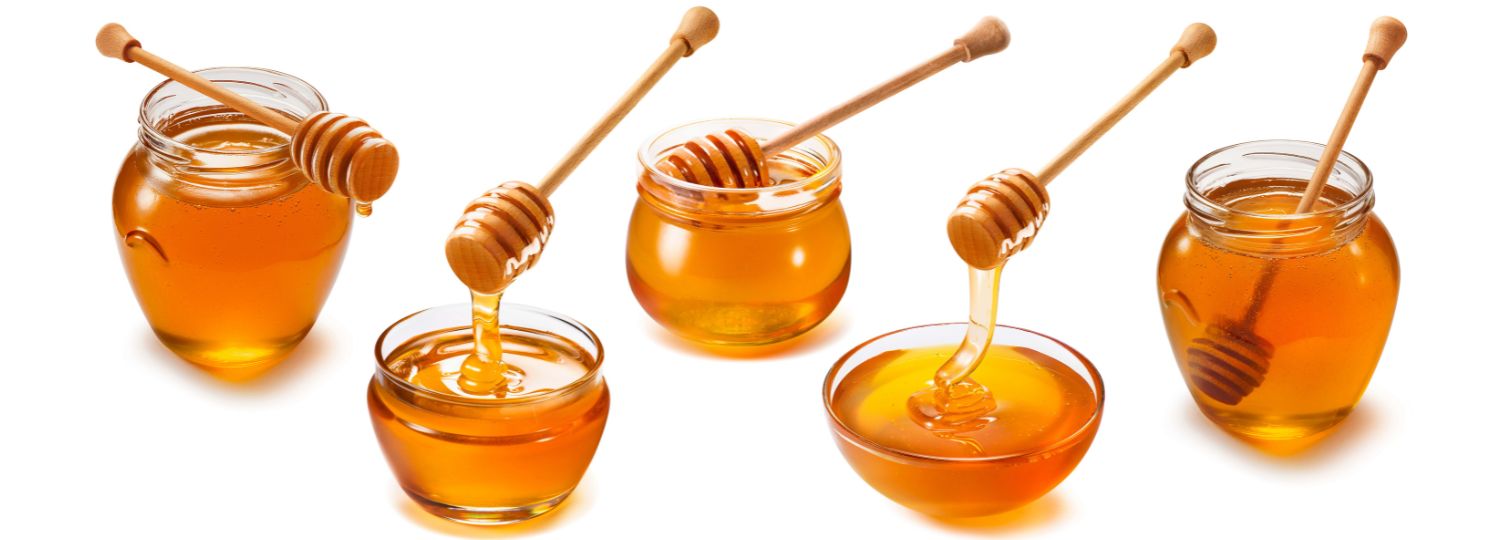
Leave a comment
This site is protected by hCaptcha and the hCaptcha Privacy Policy and Terms of Service apply.